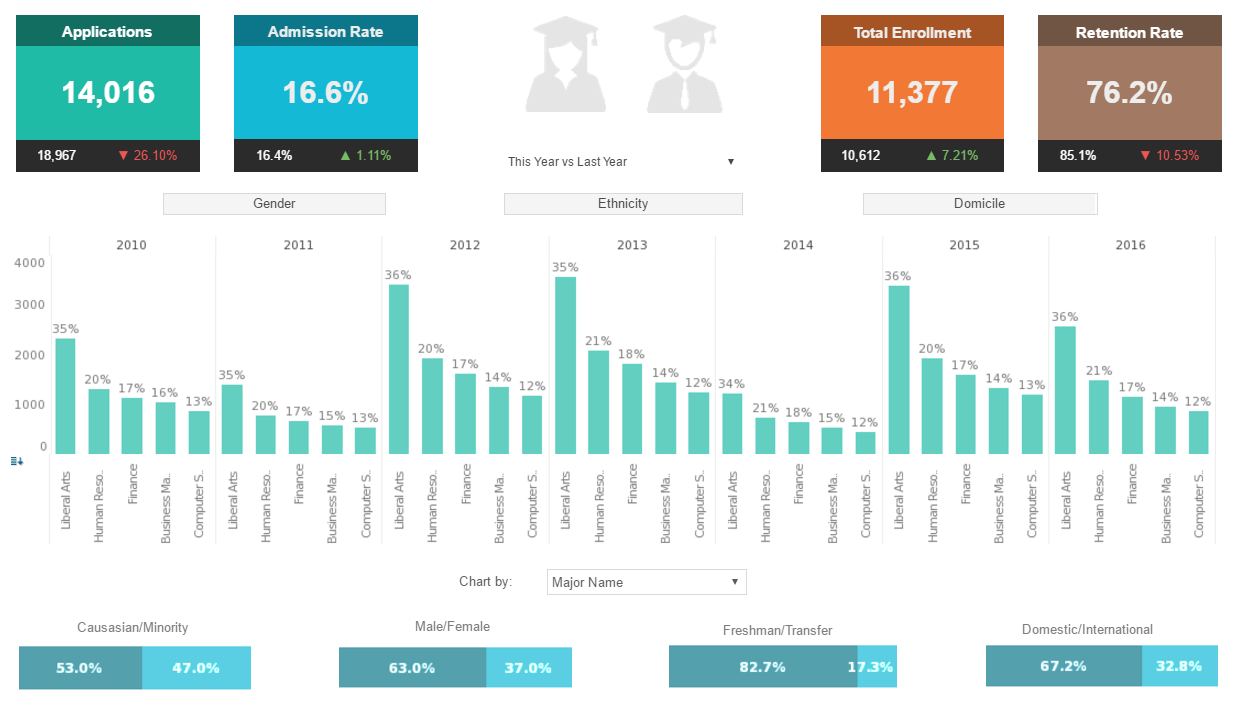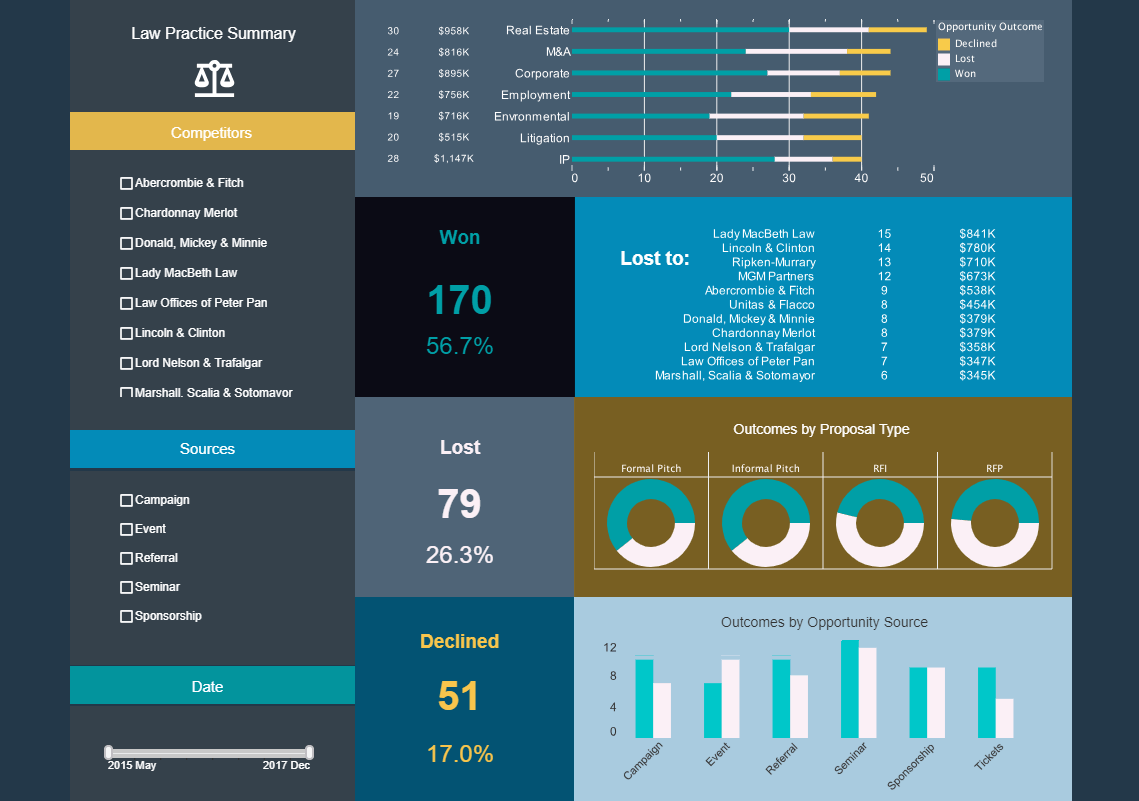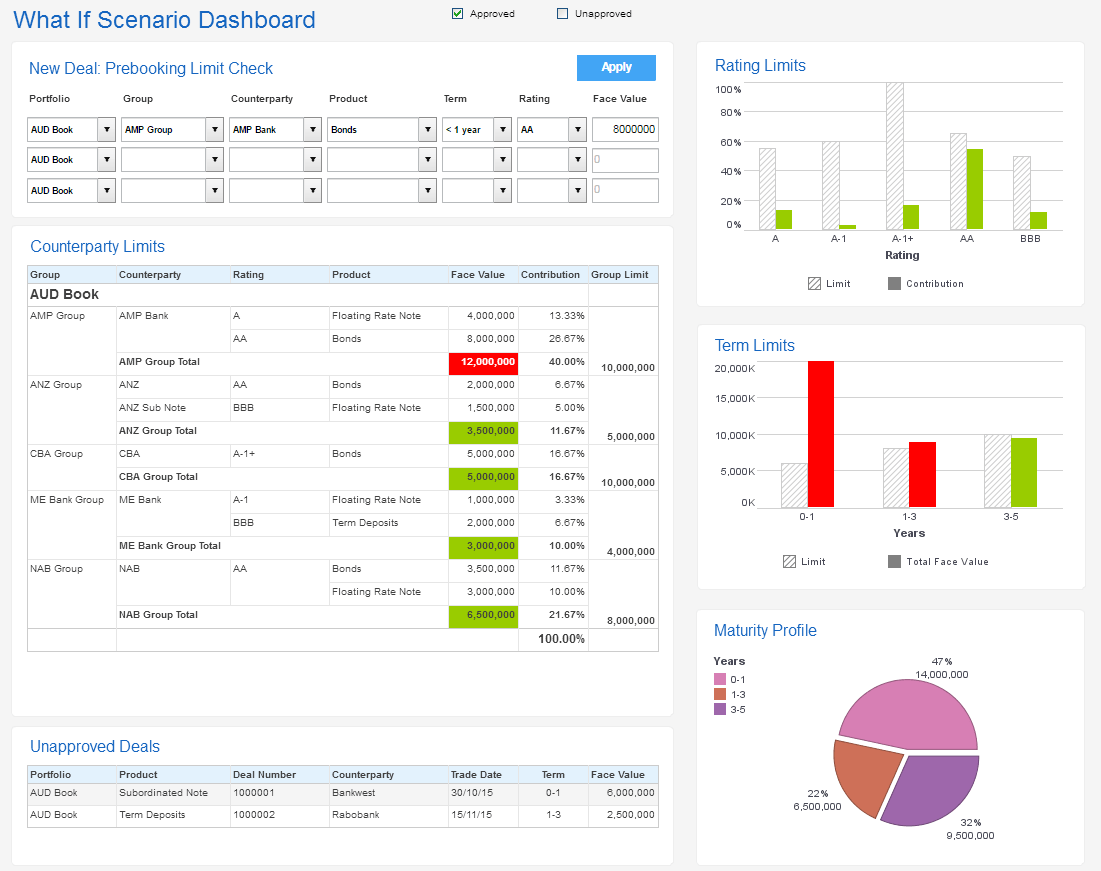Balanced Scorecard Design
A balanced scorecard converts an organization's behind the scenes strategic business model into its daily marching orders. This scorecard sets the stage for what needs to be done in the future and lays out a plan of attack to achieve that goal.
The business and its employees are "scored" in different categories which allows management to see opportunities for improvement. Balanced scorecards provide a framework for how a business should be run and enable executives to track their progress along the way.
Proper Scorecard Design
First and foremost, to be a useful, a scorecard must contain the proper measures and targets. The ultimate goal of the scorecard's design is identifying a small number of business measures and coupling objectives with them. When they are referred to later on, it should be possible to conclude whether current performance is on track or not.
Balanced scorecards have evolved many times since their initial inception. Today there are four main components to consider before creating one:- A destination statement
- A strategic linkage model that outlines how one will achieve said goals
- A definition for each goal
- A definition for each measurement
Once these four elements have been carefully considered and laid out by management, a scorecard can be created to grade efficiency. The destination statement defines the final goals an organization is attempting to reach by implementing this management tool in the first place.
The strategic linkage model is a cause-and-effect outline of how the organization will ultimately reach its end goal. This is usually a strategy map linking activities to their hypothesized outcomes. Goal and measurement definitions are important to make sure management and associates remain on the same page. These need to be clear and concise in order align objectives with performance.
How Can InetSoft Help?
InetSoft's StyleBI software offers unique capabilities for data mashup, which enables data from disparate sources to be combined for a unified view of corporate performance. This is especially important for management scorecarding since the key performance goals span multiple departments and operational systems.
InetSoft’s drag and drop software allows developers and even end-users to quickly create sophisticated scorecards and dashboards. With intuitive point-and-click capabilities, managers can drill into scorecard metrics to identify root causes of performance problems for faster responses.Design Balanced Scorecards at a Farming Equipment Manufacturer
GreenTech AgriWorks had grown rapidly, but with expansion came complexity. Departments operated in silos, each tracking its own metrics with outdated spreadsheets and fragmented reports. The Production team struggled with efficiency, the Sales department lacked visibility into customer trends, and Supply Chain faced bottlenecks that delayed deliveries.
CEO Martha Reynolds knew they needed a unified approach to decision-making. That's when she turned to InetSoft's StyleBI app, a powerful business intelligence tool capable of designing balanced scorecards—a structured framework for tracking key performance indicators (KPIs) across multiple departments.
The Solution: A Data-Driven Transformation
Martha assembled a task force led by Raj Patel, the company's data strategist. Their mission: implement balanced scorecards using StyleBI to bring clarity and alignment to GreenTech's operations.
1. Production: Optimizing Efficiency
The Production team's scorecard focused on:
-
Machine Utilization Rate – Tracking how efficiently assembly lines operated.
-
Defect Rate – Monitoring product quality to reduce rework costs.
-
Cycle Time – Measuring the speed of manufacturing processes.
Using StyleBI's data mashup capabilities, Raj integrated real-time metrics from IoT sensors embedded in factory equipment. The dashboard displayed alerts when utilization dropped or defect rates spiked, allowing managers to intervene before problems escalated.
2. Sales: Understanding Customer Needs
The Sales department needed insights into customer behavior. Their scorecard included:
-
Lead Conversion Rate – Measuring how effectively prospects turned into buyers.
-
Customer Retention – Tracking repeat purchases and loyalty.
-
Regional Demand Trends – Identifying which farming regions needed specific equipment.
StyleBI's interactive dashboards allowed sales reps to drill down into data, revealing patterns in purchasing behavior. They discovered that mid-sized farms were increasingly adopting autonomous harvesters, prompting a targeted marketing campaign.
3. Supply Chain: Eliminating Bottlenecks
The Supply Chain team faced delays due to unpredictable supplier lead times. Their scorecard focused on:
-
On-Time Delivery Rate – Ensuring timely shipments.
-
Inventory Turnover – Optimizing stock levels to prevent shortages.
-
Supplier Performance – Evaluating vendor reliability.
StyleBI's threshold-based alerts flagged suppliers with inconsistent delivery times. By renegotiating contracts and diversifying sourcing, the team reduced delays by 18% in the first quarter.
The Impact: A Unified Vision
Within months, GreenTech AgriWorks transformed into a data-driven powerhouse. Departments no longer operated in isolation—each team's scorecard fed into a company-wide dashboard, providing leadership with a holistic view of performance.
Martha watched as production efficiency increased by 22%, sales conversions rose by 15%, and supply chain delays dropped significantly. The company wasn't just manufacturing farming equipment anymore. It was harvesting insights to fuel smarter decisions.
The Future: Scaling Innovation
With StyleBI's success, GreenTech expanded its use of predictive analytics, forecasting demand based on weather patterns and crop cycles. They even explored AI-driven maintenance alerts, ensuring farming equipment stayed operational during peak seasons.
As Martha stood in the factory, watching a newly assembled harvester roll off the production line, she smiled. GreenTech AgriWorks had embraced the future—not just in farming equipment, but in the intelligence that powered it.




